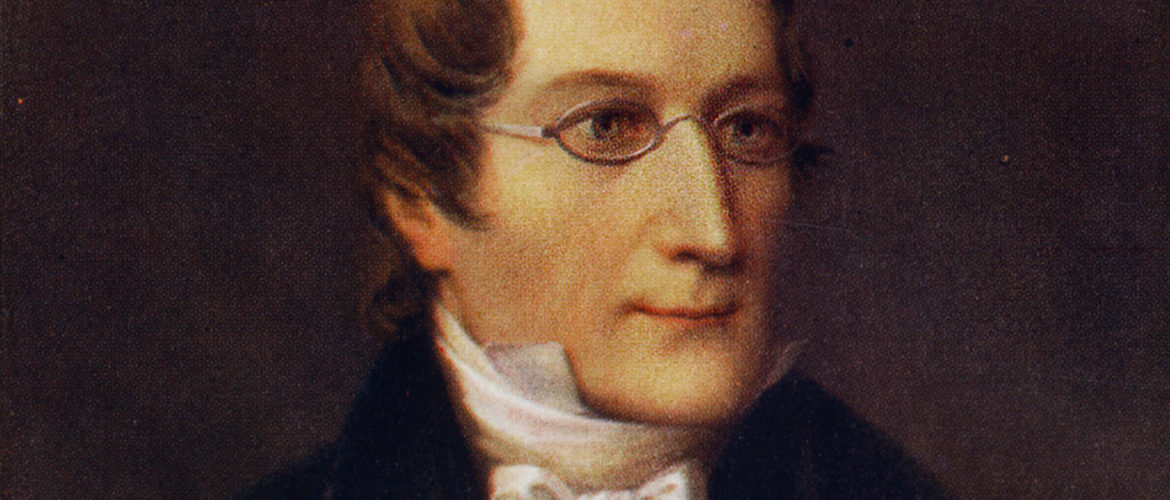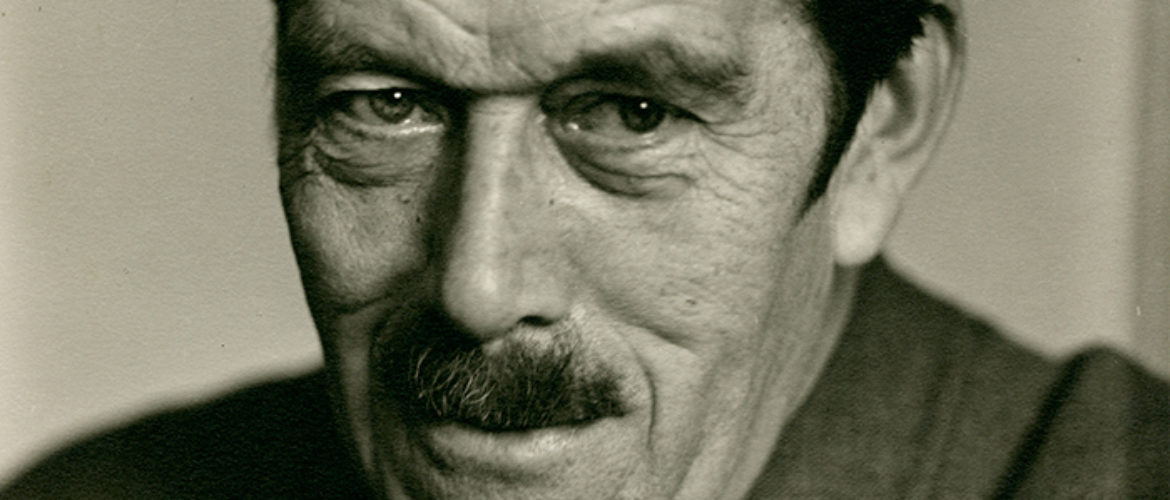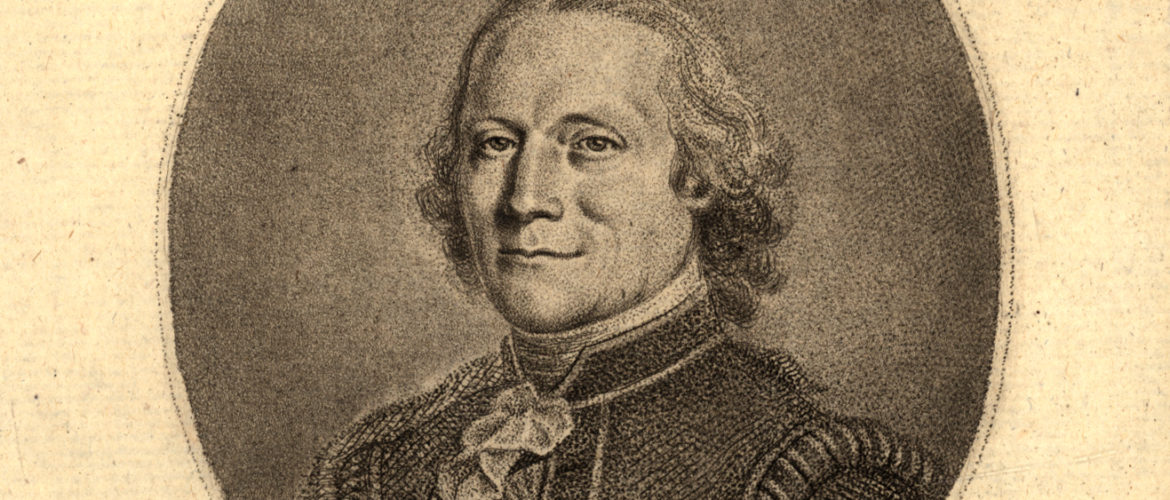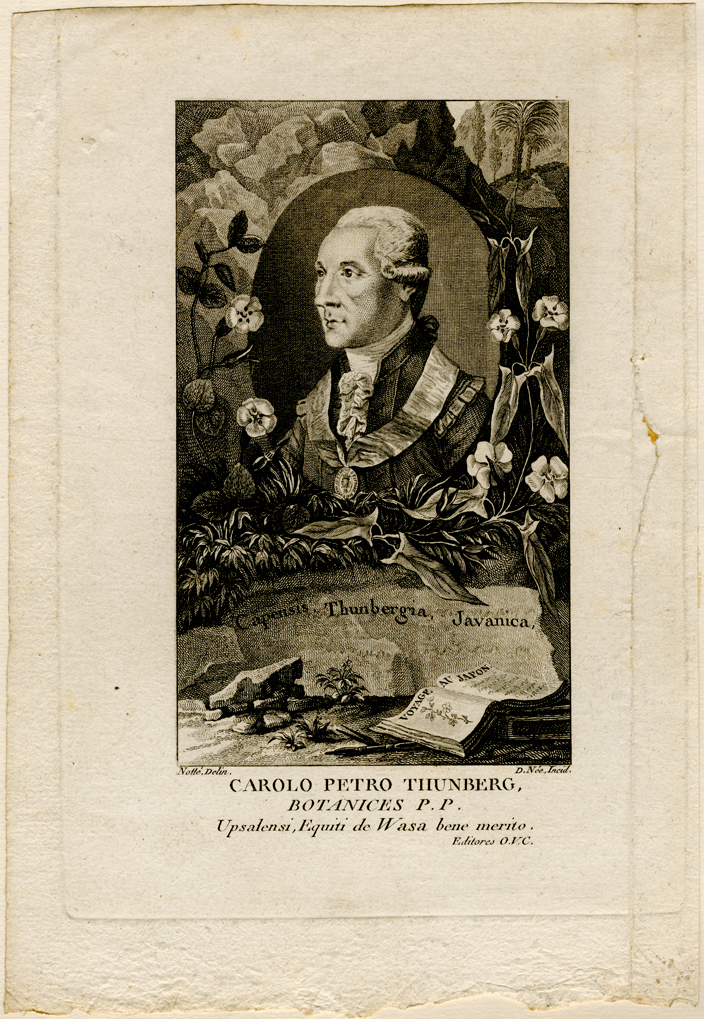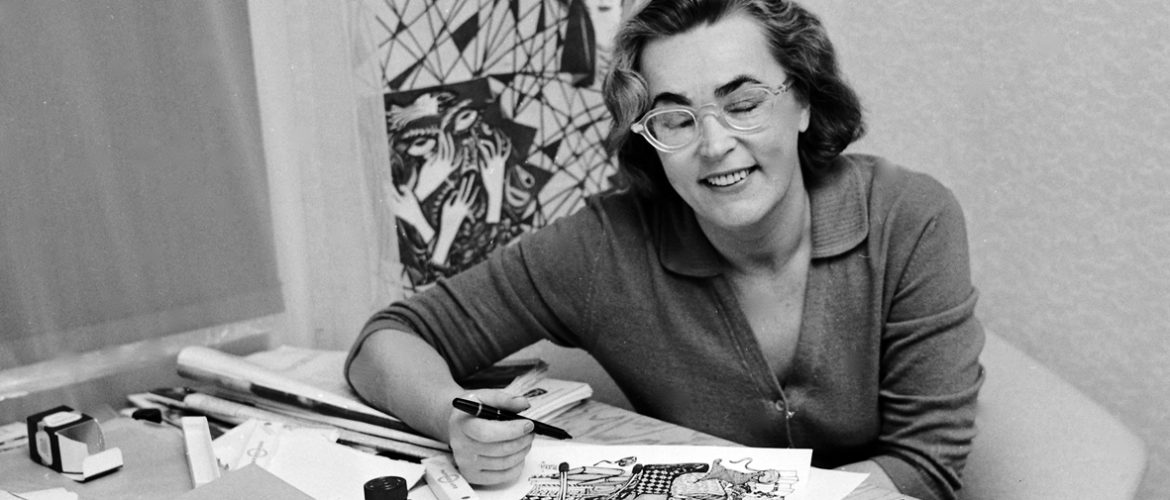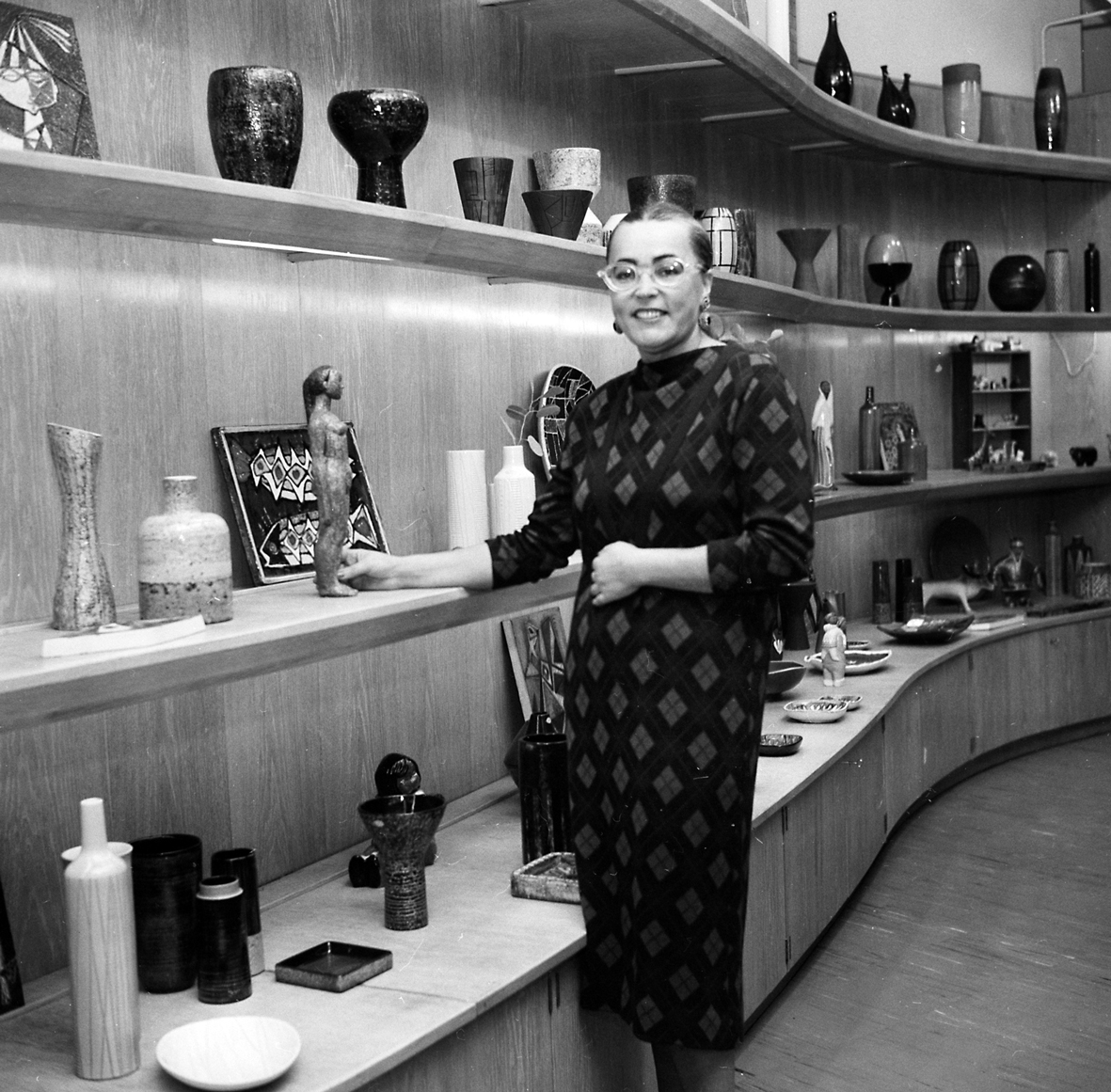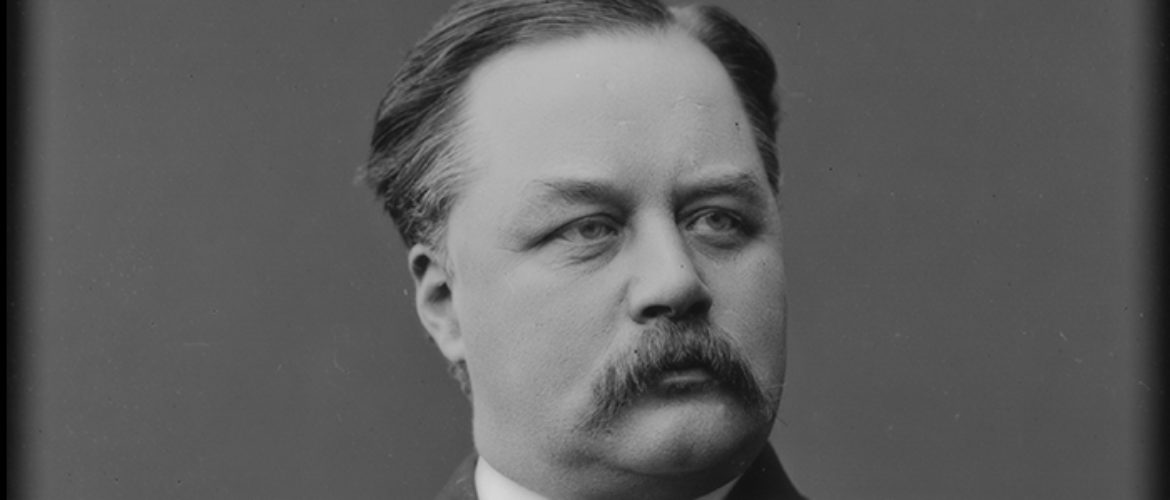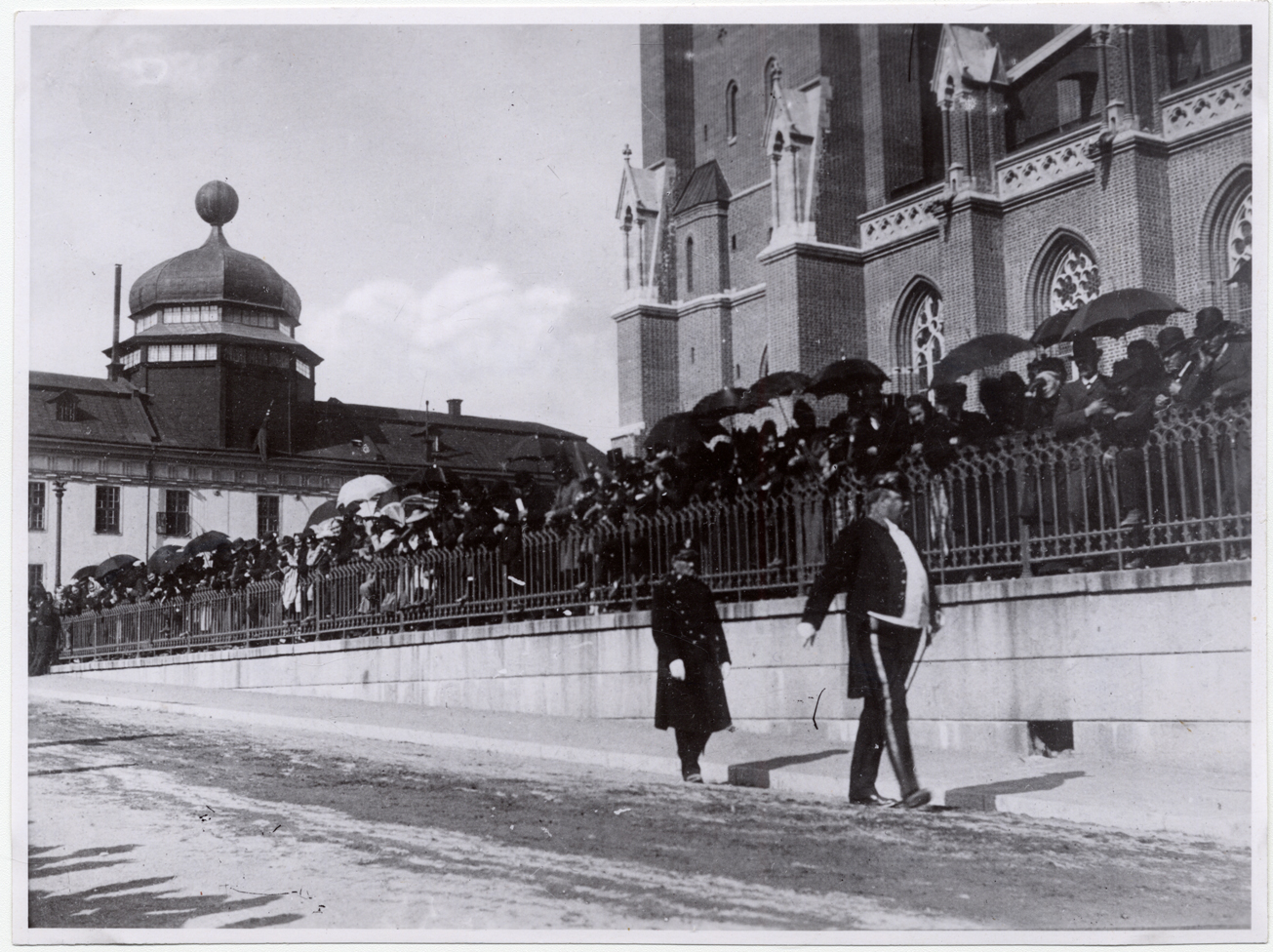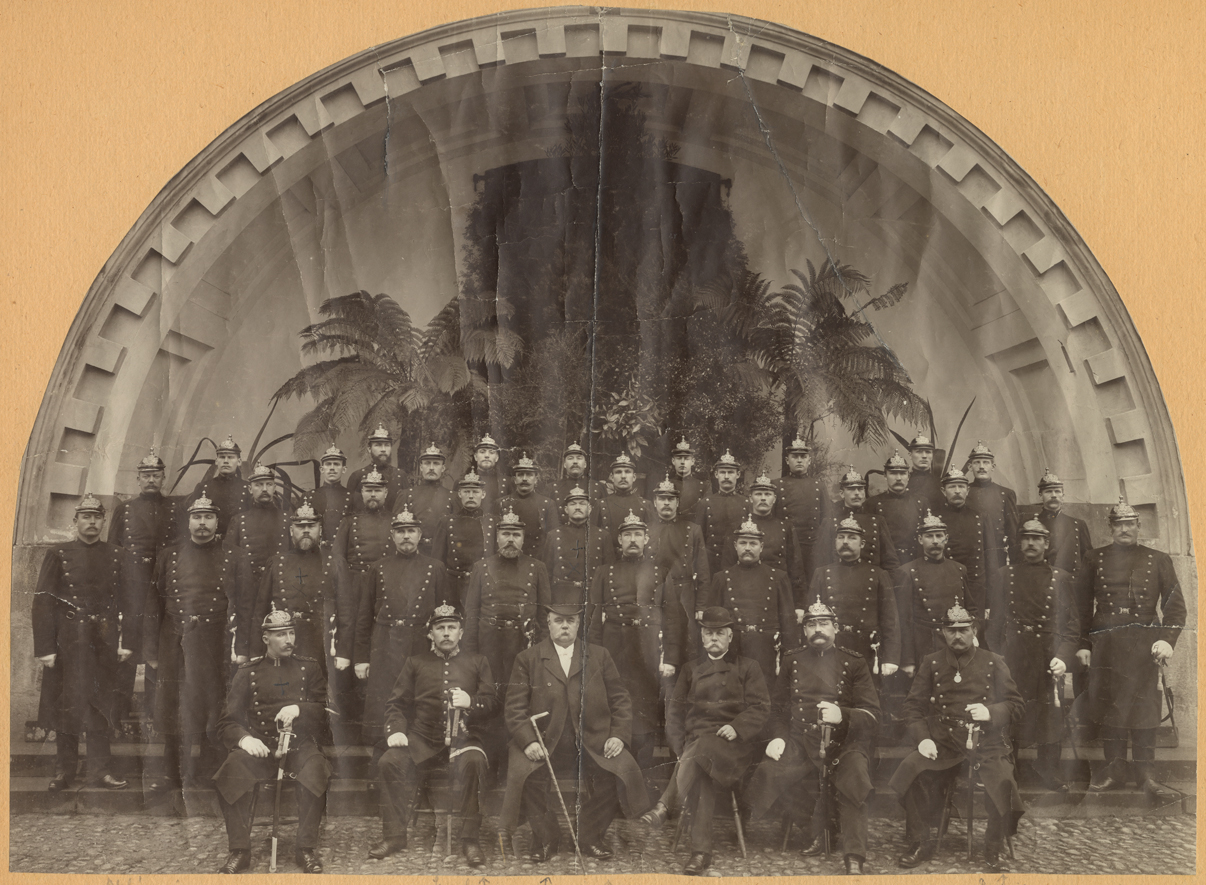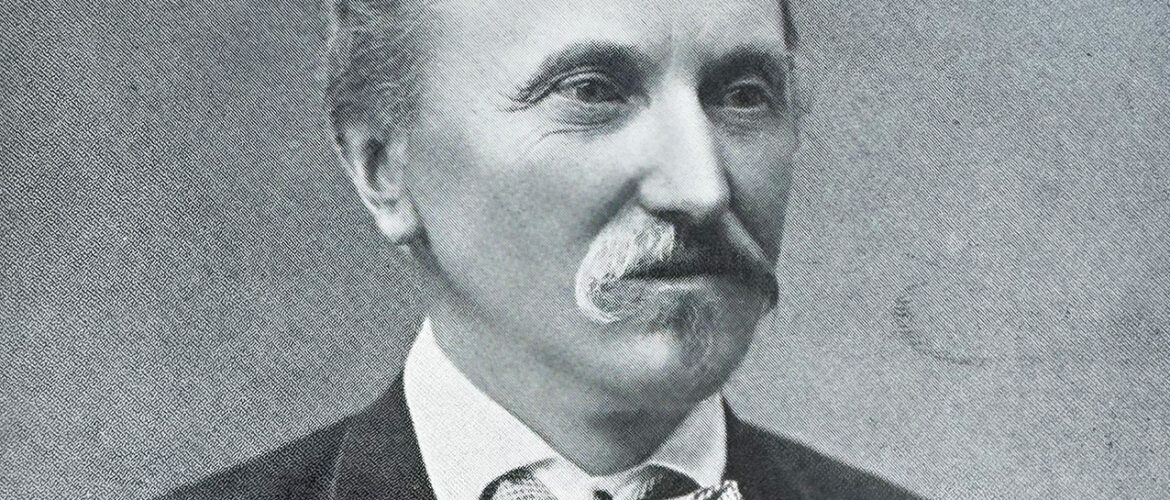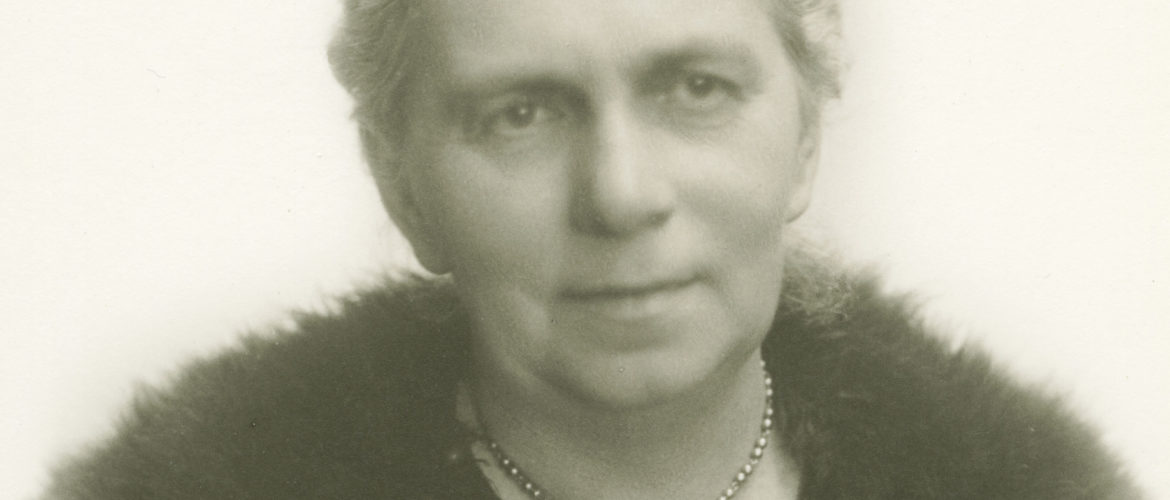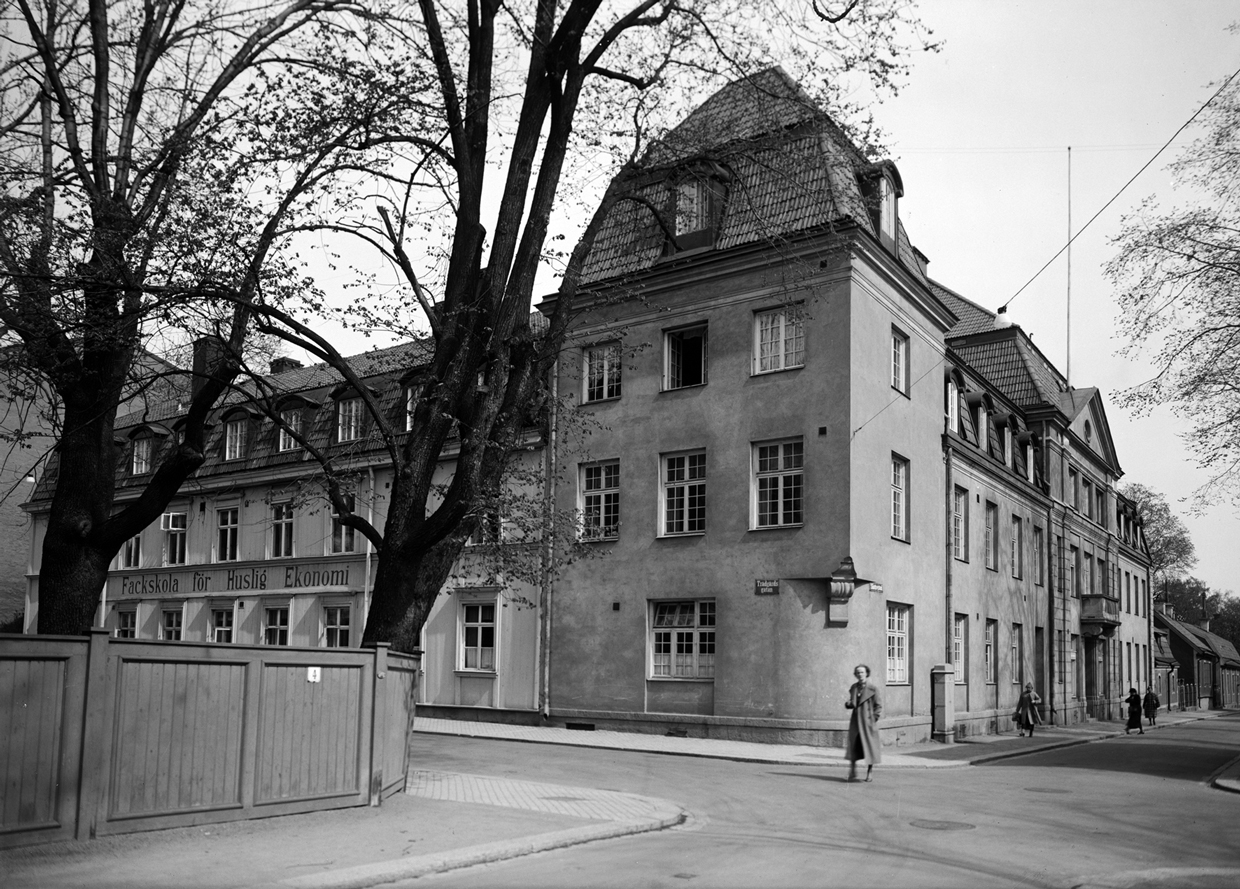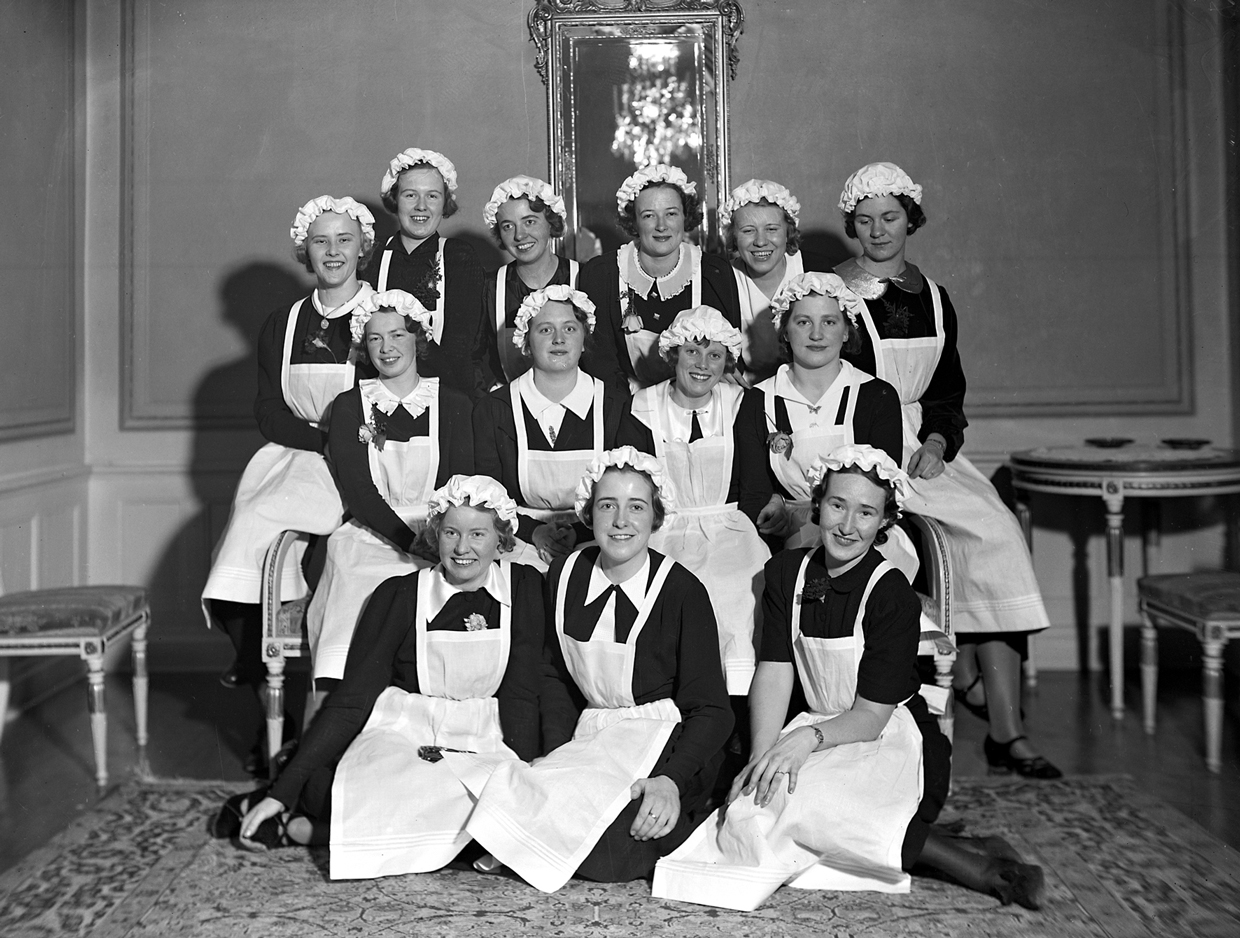1794–1839.
Author, humanist, philologist.
Adolph Törneros was born in Eskilstuna on Christmas Eve 1794. At the age of 12 he began to work as a private teacher. In 1812 he began his studies at the Uppsala University and later became professor of Aesthetics in 1829 and in Latin 1832.
Törneros spent most of his life as an academic teacher in Latin and was a part of the literary circle around Geijer and Atterbom, which was his closest friends.
Törneros is one of the greatest letter writers of Swedish literature and was one of his time's greatest travel writer. Törneros longed every spring out of the countryside, where he in his many letters, described the impressions from the travels of the Swedish landscape around Lake Mälaren.
Landscapes and environments are described with extreme detail and the adventures are portrayed with a particularly lively language. In a letter to his mother, on the 29 of December 1828, the hike from the home of the Geijer family he describes, at half past seven on Christmas Eve 1828:
"the Snow cracked under my boots – the twenty-degree cold bit like a shark after my nose tip, ears and fingers – the star filled sky stared with grim eyes down over it as well as to the Earth, dressed in white for the weekend – Orion, just rised out of the southeast, sparkling one seemed to hear it – the moon was still and behind the clouds, but nontheless, you saw its rays.
Adolph Törneros was described as lanky, with a slight bird profile. His friend Atterbom found in Törneros' quick movement him to unmistakable resemble a bird.
His last Christmas Törneros spent with the Atterbom family. Sheubsequently, Törneros fell ill and died in his home three weeks later in what was described as a form of typhoid. Geijer said:
"He had too little ballast, therefore he flew away from us".
Burial site: 0112-0557
Image description: Portrait of Adolph Törneros. Unknown master, oil painting from the 1830's. Photo: UUB. [The image is cropped]
Click here for an uncropped image

